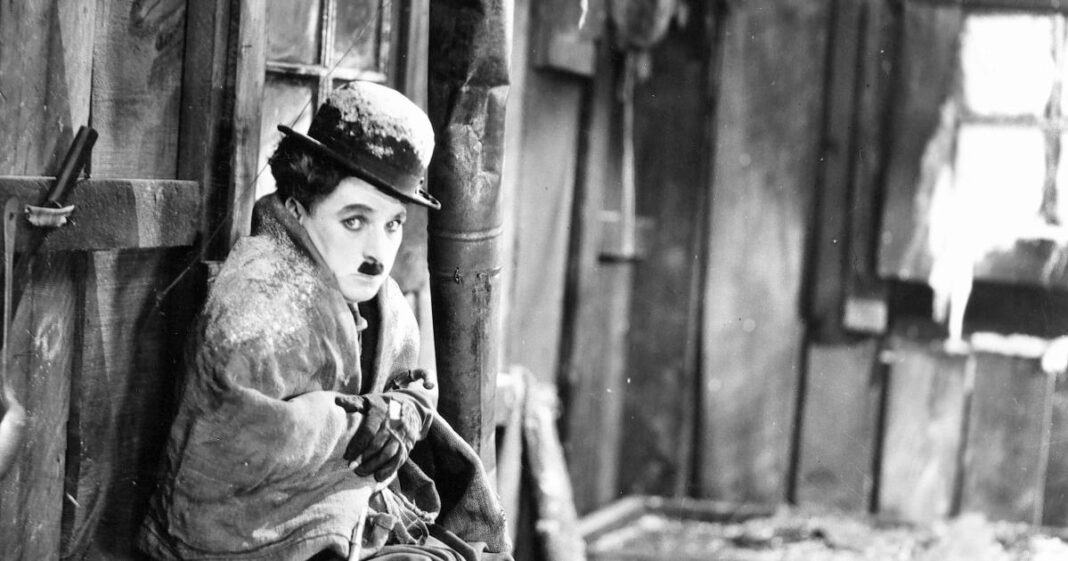Silent films of 1925 marked a golden era in cinematic history, with masterpieces that continue to influence filmmakers today. This year saw a remarkable blend of innovation and artistry, showcasing the creativity and ambition of directors across the globe. Let’s dive into the notable films that defined this pivotal year in cinema.
The Story So Far
In 1925, the world of cinema was a vibrant tapestry woven with emotional depth and visual spectacle. From the mesmerizing chariot races of Ben-Hur to the haunting beauty of Battleship Potemkin, filmmakers pushed boundaries, experimenting with storytelling and visual styles. This year not only produced unforgettable films but also paved the way for future cinematic innovations. Let’s explore some of the standout features from this remarkable year.
Hollywood’s Masterpieces
Ben-Hur
Director: Fred Niblo
Ben-Hur stands as a monumental achievement in filmmaking, renowned for its breathtaking Technicolor sequences and the iconic chariot race that captivated audiences. Marketed as “The Supreme Motion Picture Masterpiece of All Time,” this epic tale of betrayal and redemption not only raked in millions at the box office but also set a new standard for cinematic spectacle.
The Gold Rush
Director: Charles Chaplin

In a year brimming with slapstick comedies, Chaplin’s The Gold Rush emerged as a standout. This poignant tale of survival in the Klondike Gold Rush encapsulates the essence of silent film comedy, blending hilarity with heartache. Chaplin’s unforgettable set pieces, from the dance of the bread rolls to the harrowing cliff-edge cabin scene, showcase his mastery of physical comedy.
Stella Dallas
Director: King Vidor

Stella Dallas is a heartrending tale of sacrifice and love, portraying the struggles of a single mother determined to secure a better future for her daughter. Belle Bennett’s performance as Stella is both raw and affecting, elevating the emotional stakes and drawing audiences into an intimate exploration of maternal love.
European Innovations
Battleship Potemkin
Director: Sergei Eisenstein

Eisenstein’s Battleship Potemkin is a pioneering work that revolutionized film editing and narrative structure. Its infamous Odessa Steps sequence remains one of the most powerful moments in film history, demonstrating the potential of cinema as a tool for political expression and emotional resonance. Every frame is crafted to provoke thought and inspire action.
Visages d’enfants
Director: Jacques Feyder

Visages d’enfants beautifully captures the complexities of childhood and grief. Director Jacques Feyder’s personal touch imbues the film with emotional depth, exploring the struggles of a young boy coming to terms with familial relationships against the backdrop of a harsh, snow-covered landscape.
Thematic Explorations
The Joyless Street
Director: G.W. Pabst

Pabst’s The Joyless Street is a grim yet powerful social commentary on the effects of hyperinflation on Vienna’s working class. Through the lives of its female characters, the film critiques the moral decay that accompanies economic hardship, providing a poignant reflection on societal struggles.
Lady Windermere’s Fan
Director: Ernst Lubitsch

Lubitsch’s adaptation of Oscar Wilde’s play, Lady Windermere’s Fan, blends sharp wit with visual humor, delivering a sophisticated commentary on love and societal hypocrisy. Through its clever dialogue and engaging performances, it remains an enduring classic that resonates with contemporary audiences.
Conclusion
1925 was a landmark year in cinema, showcasing a diverse range of films that explored complex themes and pushed the boundaries of storytelling. From the emotional depths of Stella Dallas to the revolutionary spirit of Battleship Potemkin, these films not only entertained but also challenged societal norms and ignited conversations that remain relevant today. This era of creativity and innovation laid the groundwork for the future of filmmaking, reminding us of the transformative power of cinema.
Frequently Asked Questions
1. What were some of the most influential films of 1925?
Influential films of 1925 include Ben-Hur, Battleship Potemkin, and The Gold Rush, each showcasing groundbreaking storytelling and cinematic techniques.
2. Who directed Battleship Potemkin?
Battleship Potemkin was directed by Sergei Eisenstein, a pivotal figure in Soviet cinema known for his innovative editing style.
3. Which film is known for its iconic chariot race?
Ben-Hur is renowned for its spectacular chariot race, which is considered one of the most thrilling sequences in film history.
4. What themes are explored in The Joyless Street?
The Joyless Street explores themes of economic hardship, moral decay, and the struggles of women during times of crisis.
5. How did The Gold Rush reflect Chaplin’s style?
The Gold Rush reflects Chaplin’s unique blend of comedy and tragedy, using humor to address themes of loneliness and survival.
6. What is the significance of Stella Dallas?
Stella Dallas is significant for its emotional depth and portrayal of a mother’s sacrifice, highlighting social class disparities.
7. Who starred in Visages d’enfants?
Jean Forest starred in Visages d’enfants, delivering a poignant performance as a young boy grappling with familial tensions.
8. What was the impact of Lady Windermere’s Fan?
Lady Windermere’s Fan had a significant impact on film adaptations of literary works, demonstrating the effectiveness of visual storytelling.
9. How did Eisenstein’s films influence cinema?
Eisenstein’s films, particularly Battleship Potemkin, influenced cinema through innovative editing techniques and the use of montage to convey powerful narratives.
10. Where can I watch these classic films?
Many of these classic films are available on streaming platforms such as Netflix, Prime Video, and specialized classic film services.
Tags: #SilentFilm #1925Cinema #ClassicMovies #FilmHistory #CinematicMasterpieces #BenHur #BattleshipPotemkin #TheGoldRush #EuropeanCinema #FilmReviews

